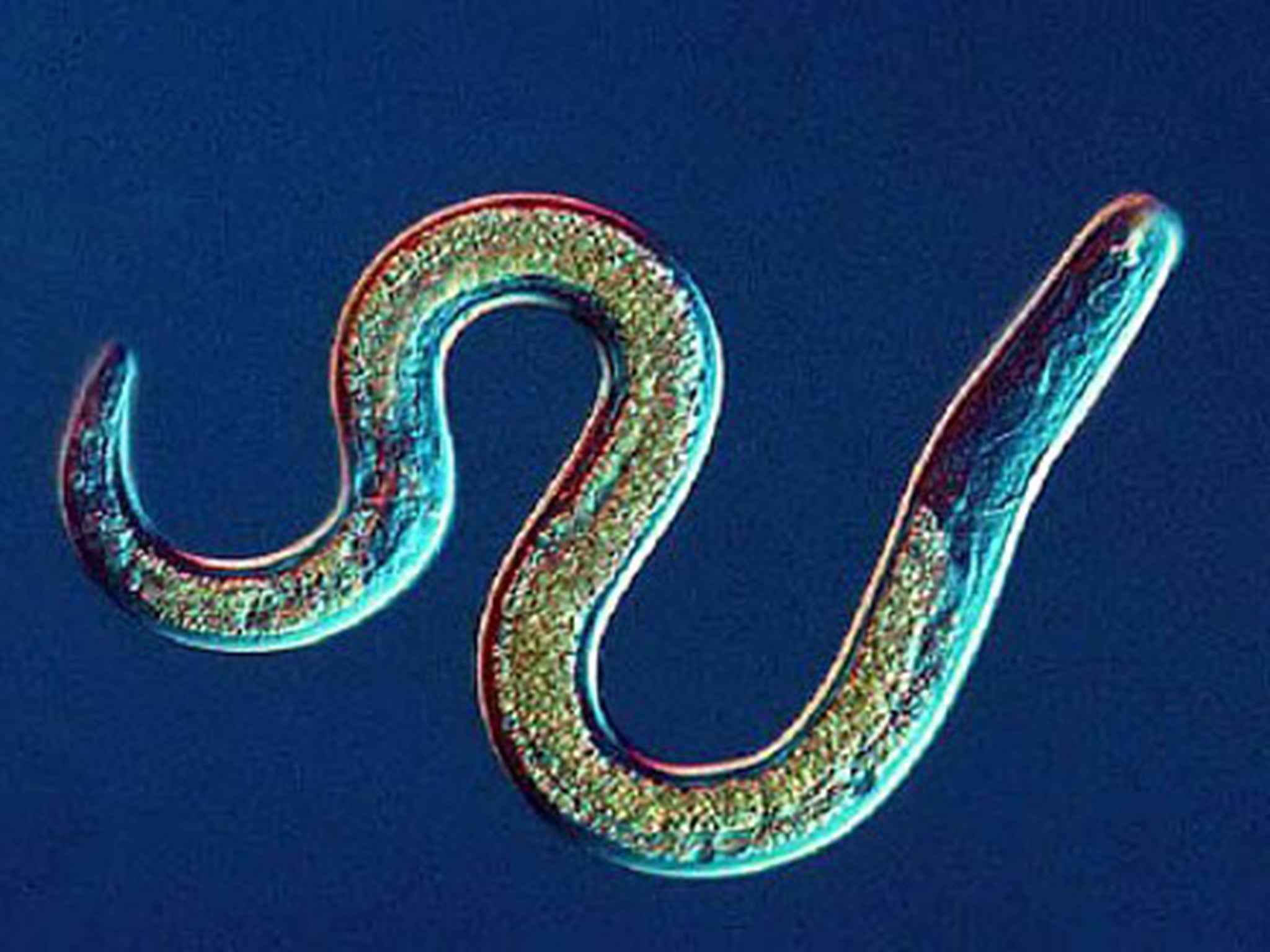Nematode worms use slugs like taxis to ferry them around the garden, study finds
The worms only stay inside the slugs for a day and it is thought that long journeys would be made using a number of slugs

Your support helps us to tell the story
From reproductive rights to climate change to Big Tech, The Independent is on the ground when the story is developing. Whether it's investigating the financials of Elon Musk's pro-Trump PAC or producing our latest documentary, 'The A Word', which shines a light on the American women fighting for reproductive rights, we know how important it is to parse out the facts from the messaging.
At such a critical moment in US history, we need reporters on the ground. Your donation allows us to keep sending journalists to speak to both sides of the story.
The Independent is trusted by Americans across the entire political spectrum. And unlike many other quality news outlets, we choose not to lock Americans out of our reporting and analysis with paywalls. We believe quality journalism should be available to everyone, paid for by those who can afford it.
Your support makes all the difference.Small worms use slugs like taxis to ferry them around the garden as they look for rotting fruit and vegetation to eat, according to new research.
The nematode worms get into the slugs’ intestines then travel to a different part of the garden where they are excreted, The Daily Telegraph reported. They may also use woodlice and centipedes in the same way.
Previously it was a mystery as to how the worms managed to make relatively long journeys.
Dr Hinrich Schulenburg, of Christian-Albrechts University in Germany, who led the research, said: “Even though nematode worms are one of the most intensively studied organisms in almost all biological disciplines, we still have very little understanding of their natural ecology.
“Our study reveals a previously unknown nematode lifestyle within the guts of slugs. The worms appear to have evolved to persist in the harsh environment of slug intestines, similar to a symbiont or even a parasite.”
As part of the research, which was reported in the BMC Ecology journal, the scientists examined more than 600 slugs and 400 other invertebrates such as flies, centipedes, spiders, beetles and locusts.
Tests established the worms were able to survive and reproduce in the guts of slugs, woodlice and centipedes.
The worms only stayed inside the slugs for a day and it is thought that long journeys would be made using a number of slugs, which appeared to be unharmed.
Join our commenting forum
Join thought-provoking conversations, follow other Independent readers and see their replies
Comments